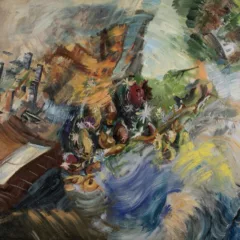Our thirtieth post of the series, Artists in the Time of Coronavirus includes Emily Frizzelle, Mandy Palasik, Marie Elcin, Elise Marie Veronica de Gauche, Treacy Ziegler, and Diane June! Thank you for all who submitted! And if you want to participate, send your statement (250 words max) and 2 photos to support@theartblog.org. More details here. Stay safe and stay positive, and come back in the days to come for more “Artists in the Time of Coronavirus.” We have a wonderful community and are so proud of being able to share everyone’s art.
[Note: We have gotten almost 300 submissions, so if you haven’t seen yours yet, don’t worry- it is coming, and we can’t wait to post it!]
Emily Frizzelle
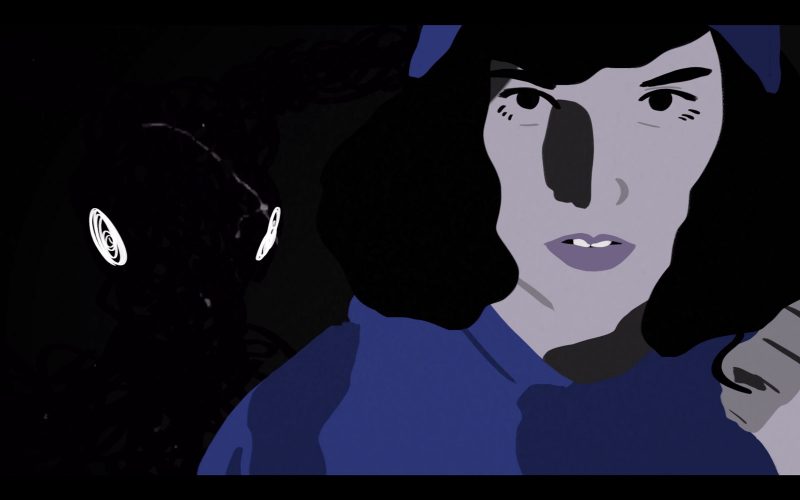
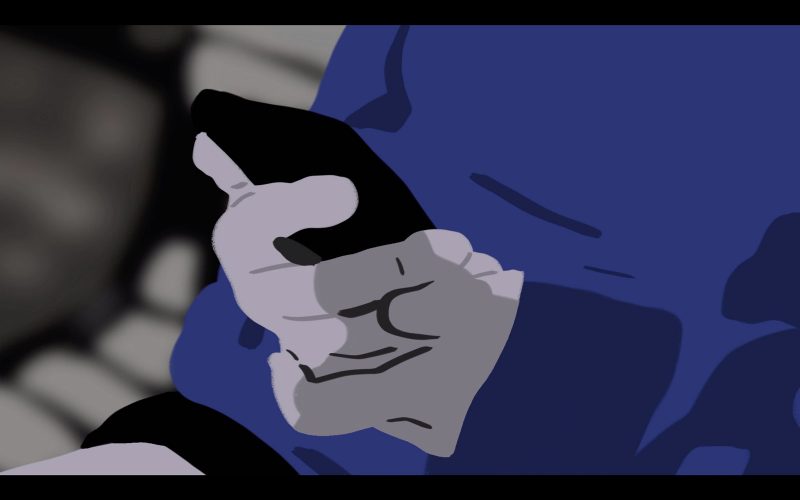
I’ve taken a bit of a break from my art practice over these past two weeks. Life has certainly taken its toll and I’ve decided to take a step back from what I usually do. Instead, I’ve chosen to work on experimental video and simple cell phone photography to keep my creativity going while putting little to no pressure on myself by making low-risk projects.
On the other hand, when I do occasionally get a burst of energy, I spend most of that on completing my thesis. These two stills are taken from my rotoscope animation thesis titled Phobos. I wanted to humanize the feelings and physical reactions to anxiety while also personifying the illness itself. I began creating this concept in late 2018 and after a year and a half of working it’s almost finished.
You can find me over at @emilylynnmedia on Instagram or on my website at emilylynnfrizzelle.weebly.com. Come say hi if you’d like!
Mandy Palasik
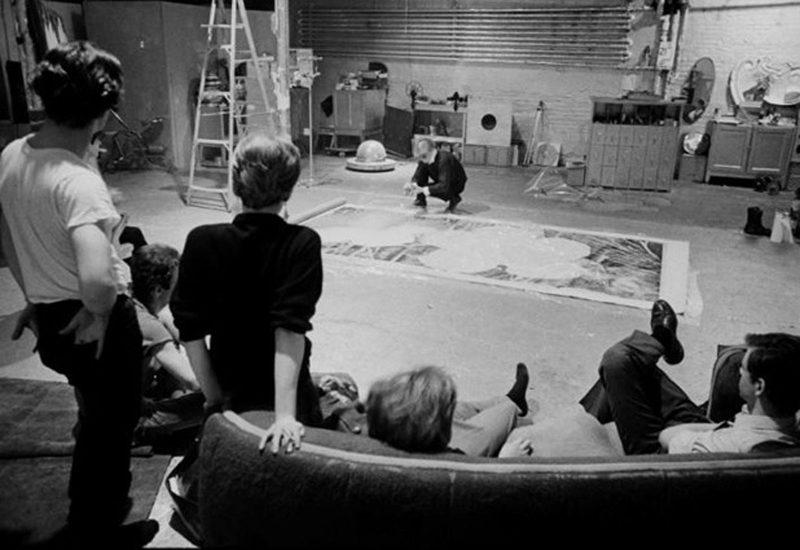
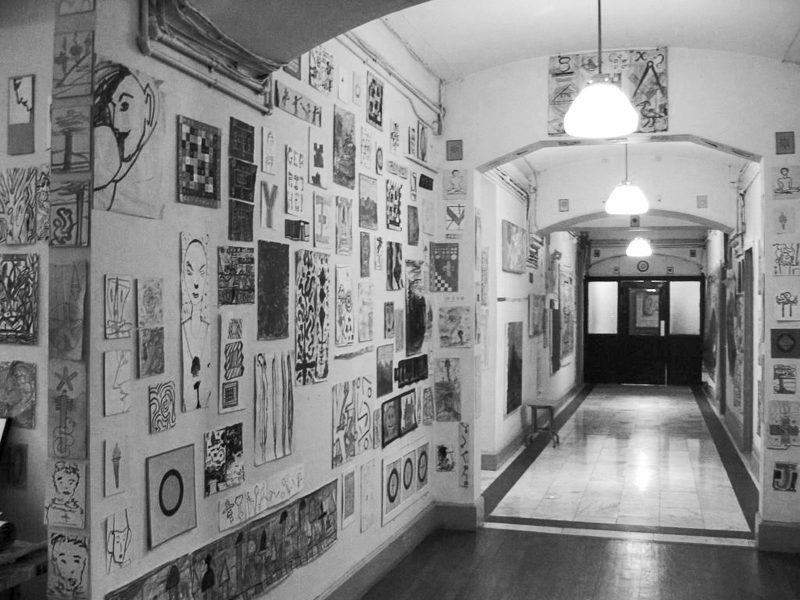
The #WFH mandate of COVID-19 has forced us to adapt our homes from mono-functional places of intimate refuge to spaces of productivity. We join Zoom meetings from our beds and transform dining tables into work stations. The concept of live-work is fairly recent to many of us but is historically synonymous with artist housing. Creativity continues beyond the hours of 9 AM to 5 PM with no definitive boundaries between “living” and “working.”
So much of our creative work is rooted in collaboration, connecting through personal interactions and often spontaneous encounters to exchange ideas and inspirations. I think of Andy Warhol’s Silver Factory, a 5,000 square-foot open loft that became a 24-7 creative milieu where the Velvet Underground performed and movies were shot while screen prints were simultaneously mass-produced by Warhol Superstars. Then there was The Chelsea, designed in 1884 as an artist cooperative which became New York City’s art epicenter in the 1960s. Artists lived, worked, and played behind closed doors, turned hallways into galleries, and held performances on the balconies. The architecture of these live-work spaces was conducive to the activities within.
As someone who has studied the evolution of the live-work typology, I can’t help but question the relevance of spatial constructs to facilitate our productivity during these uncertain times. With our recent dependence on virtual connectivity, will spatial interactions prove redundant in facilitating creativity? With the mere click of a button, are we more connected than ever?
Marie Elcin

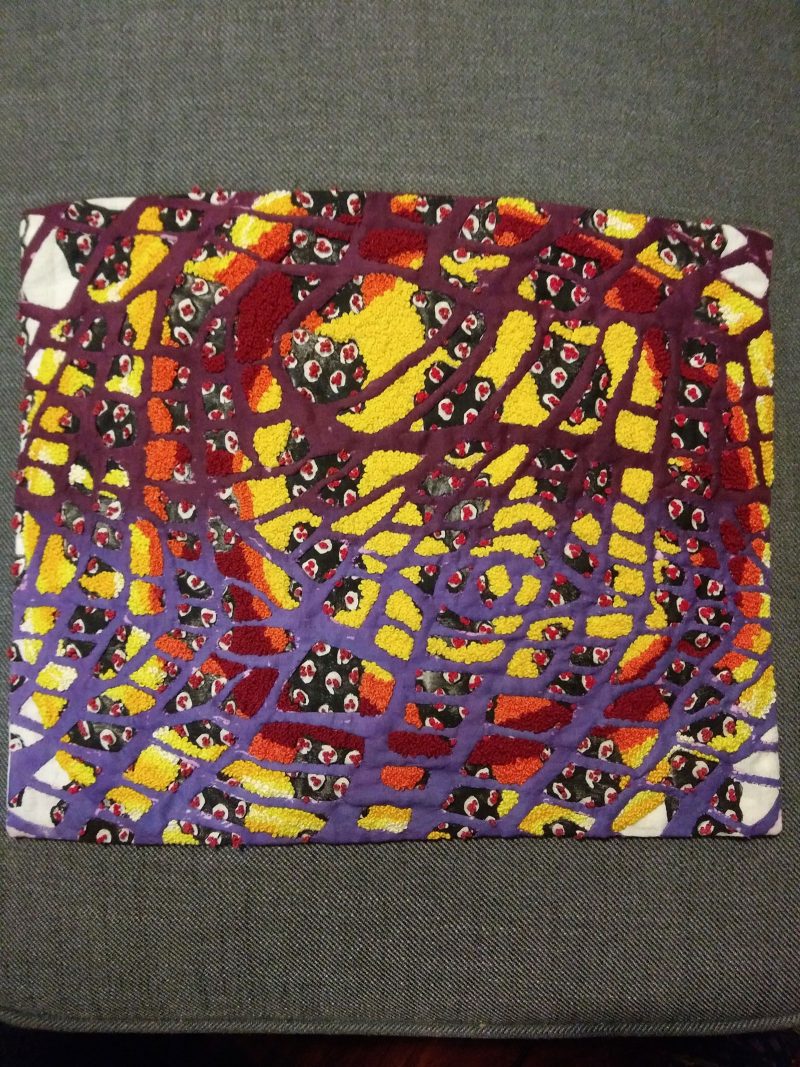
My usual studio practice was interrupted a month ago when we decided to try to sell our house and I packed up my studio. Then the world rolled to a stop and we found ourselves in stay home mode. With tons of time suddenly on my hands I scrounged through what had remained of my art supplies and found this piece that I’d started years ago and never finished. At first I aimlessly continued the reverse applique of the vein-like print on the first layer revealing the cell-like print underneath. A week at home passed as I stitched while the numbers of covid-19 cases exploded. With some clusters of red French knots inside the black printed cells, this piece finally had meaning and a purpose. I started stitching yellow French knots at the center to represent the number of CDC confirmed cases of covid-19 in the US on March 13th- the day Pennsylvania’s schools were ordered closed. Each ring of color expanding outward shows the number of cases in each subsequent day.
3/13/20=1896
3/14/20=2234
3/15/20=3487
3/16/20=4226
3/17/20=7038There’s not enough empty space on this piece for the next day’s number of 10,442.
I thought I’d be able to keep up, but in the days I have not yet documented, the number of confirmed cases has ballooned to 239,279 (CDC count as of April 3rd). I can only stitch about a thousand knots a day.Marie Elcin
Instagram: @marieelcin
www.marieelcin.com
Elise Marie Veronica de Gauche
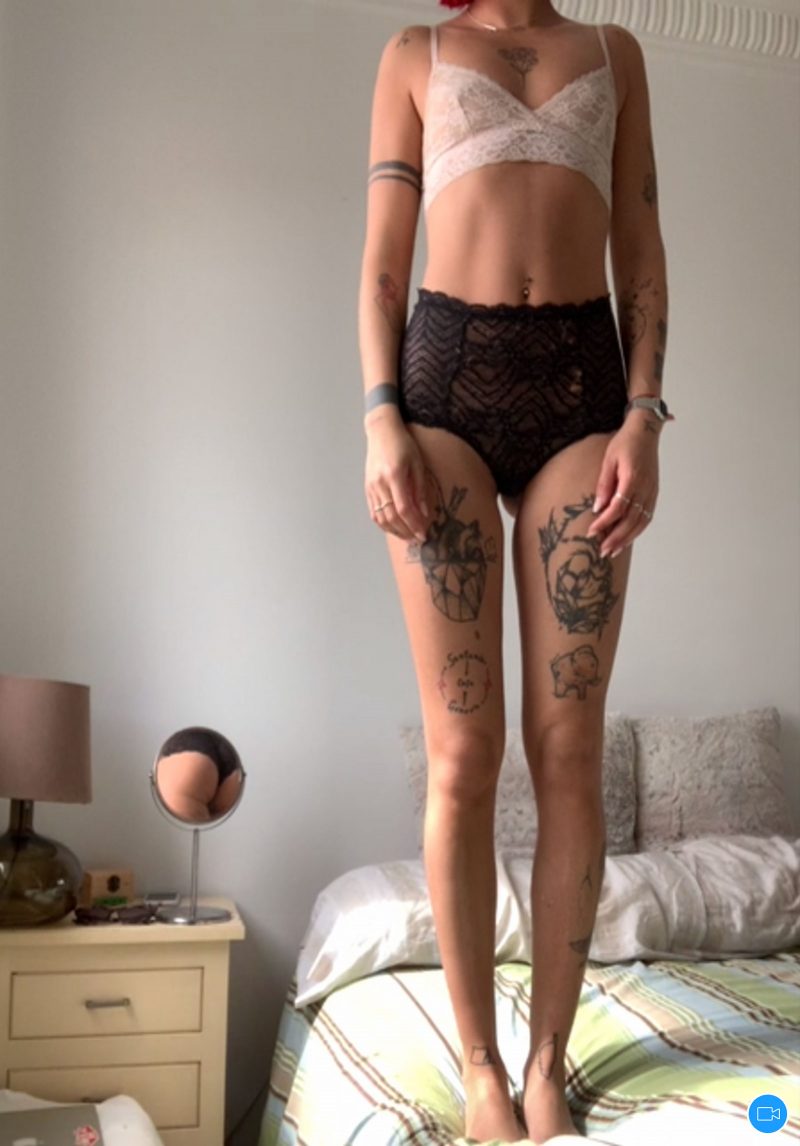
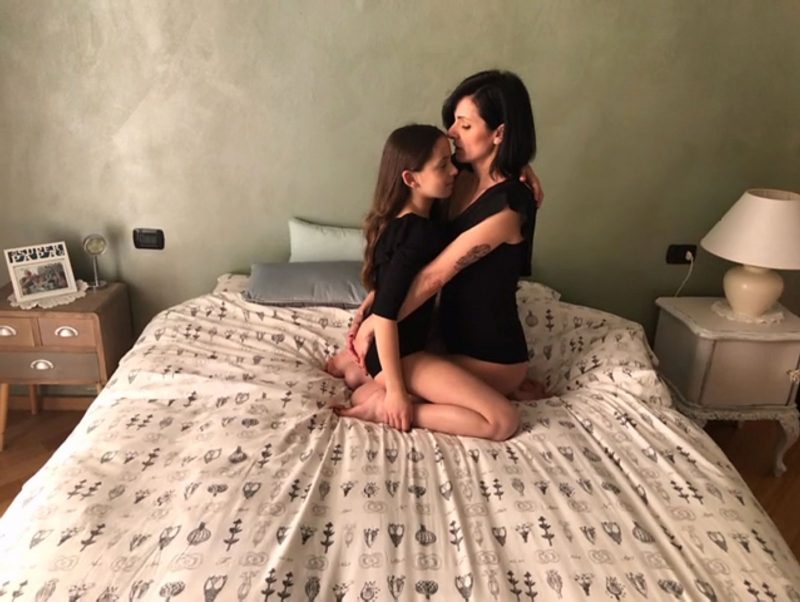
Taking pictures from distance, home to home, through the internet and a webcam. Immortalise online frames, during the covid-19 quarantine, while chatting with them. That’s the idea of NARCISO-19 photo shooting. Is it really possibile to suppress our ego and our need to appear beautiful, within the walls of our houses, for such long time? In such a dramatic and unexplored historical moment, the quarantine alienation can be overcome also thanks to those technologies that allow us to keep in touch with people, no matter how far they are.
NARCISO-19 becomes then a medicine against isolation, a ploy to escape reality by staying at home, but it’s also a good reason to meet new people and to exchange confidences during the quarantine. Elisa’s girls are photograped wearing underwear, in a suite or in a pigiama. They are free among their domestic walls, willing to transform moments of intimacy into an opportunity of exihibition and sharing.
Treacy Ziegler
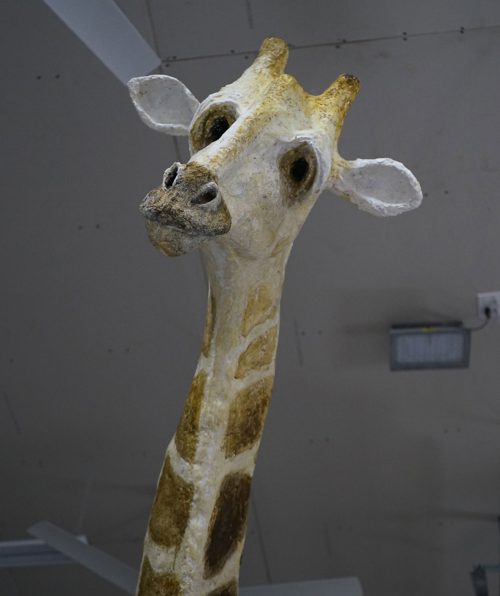
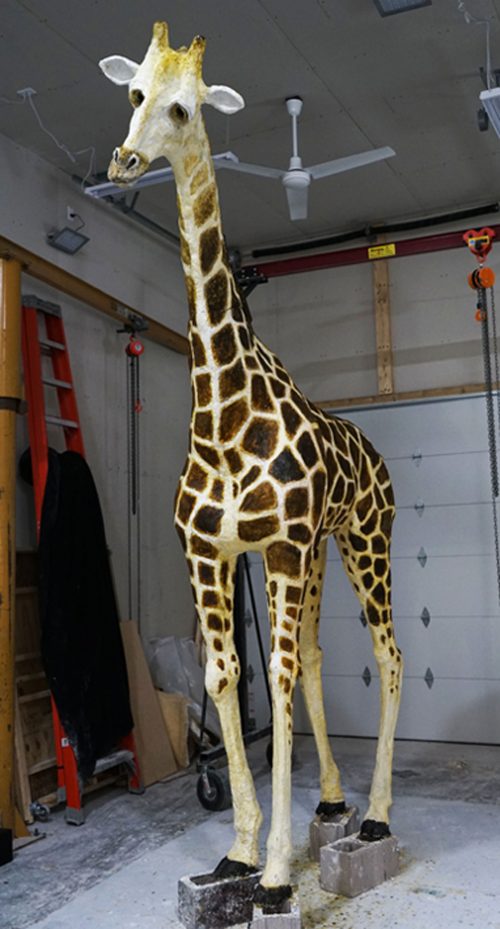
I graduated from Pennsylvania Academy of Fine Arts and have been exhibiting my art in Philadelphia galleries for 29 years.
For ten years, I’ve worked as volunteer art director for Prisoner Express in developing distant learning art projects for 9000 prisoners. In this capacity I receive over 20,000 letters annually from prisoners. A couple of years ago I began experimenting with creating paper-cast sculpture from the letters. This seemed much more respectful to the pain, loneliness, hope, confusion I find in the letters than recycling them.
I have just finished creating a 12-foot giraffe cast from prisoners’ letters (“A dream is where we’ll meet”). This piece is dedicated to prisoners living in solitary confinement, particularly those who are also living with mental health issues. Of course, living in solitary confinement creates such issues. The prisoner Clarence has been writing to me for years; sometimes daily, sometimes weekly. In one letter, Clarence wrote these lines – call it a poem – inspiring me to create this giraffe:
“I once measured myself and
I was nine distances upwards in height;
nine widths in full circle;
four points in surface straight,
across the level top.This I will extend, once freed;
And we will build a temple based upon you.”In this time of COVID19, we may have a lot to learn from people like Clarence – people who have lived in isolation for decades. I’ve learned to find beauty in his thoughts – thoughts that society has labeled “disordered.”
Treacy Ziegler
artist’s website
http://www.treacyzieglerfineart.com
essays on art and prison:
http://wp.me/p8d2w4-5w
prison activities:
http://www.prisonerexpress.org
Diane Tenerelli
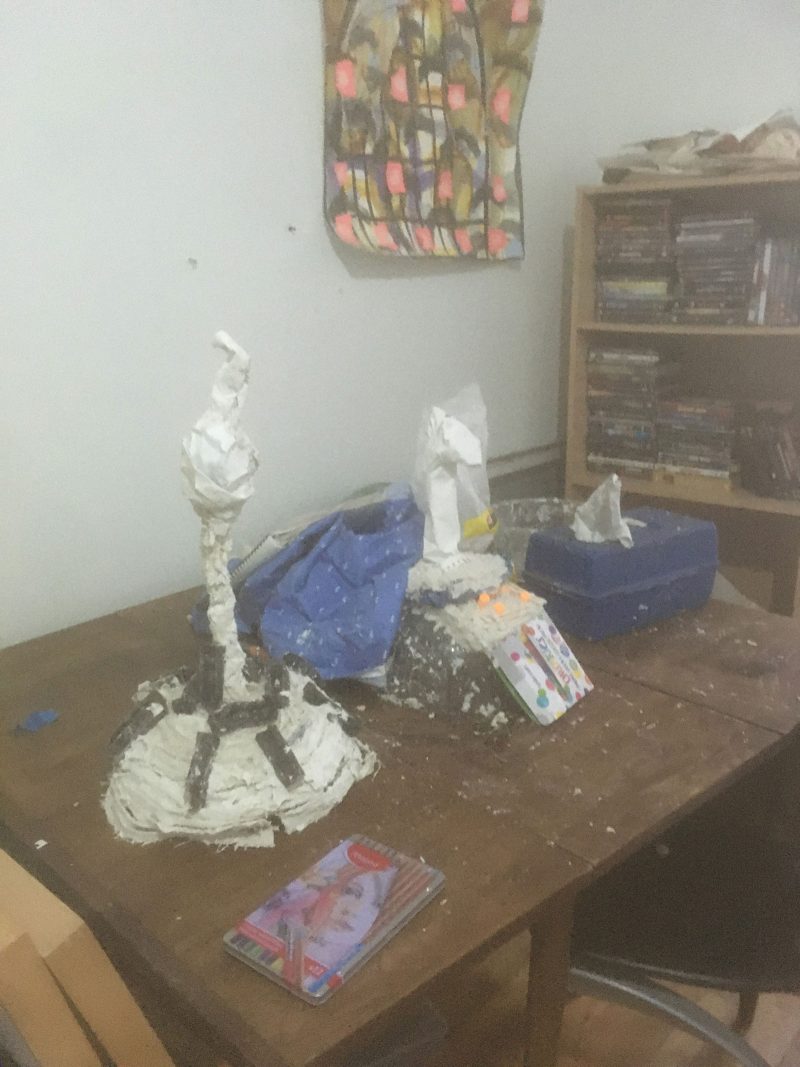
Hi,
My name is Diane Tenerelli. I am an artist who has shown at Soft Machine Gallery in Allentown, PA this past Fall. My life has generally been pretty active with me either traveling to the ceramic studio where I am a member or to my studio that I no longer have. I also work freelance for museums helping install exhibitions. I normally work at the Newark Museum 1 day a week. Without the stimulation from other artists/art collections and the inspiration they provide me, I am feeling a little lost. My home base is Newark, NJ. I am currently working in my sunny bedroom and it is working as a temporary creative space. I want out though. I am craving the trip to Sculpture Space NYC where I can continue my work with ceramics on a regular basis. I miss people, hearing their conversations, their laughter and thoughts. I think I might be the rare artist who is not an introvert. I like people very much.
Thanks so much,
Diane Tenerelli





